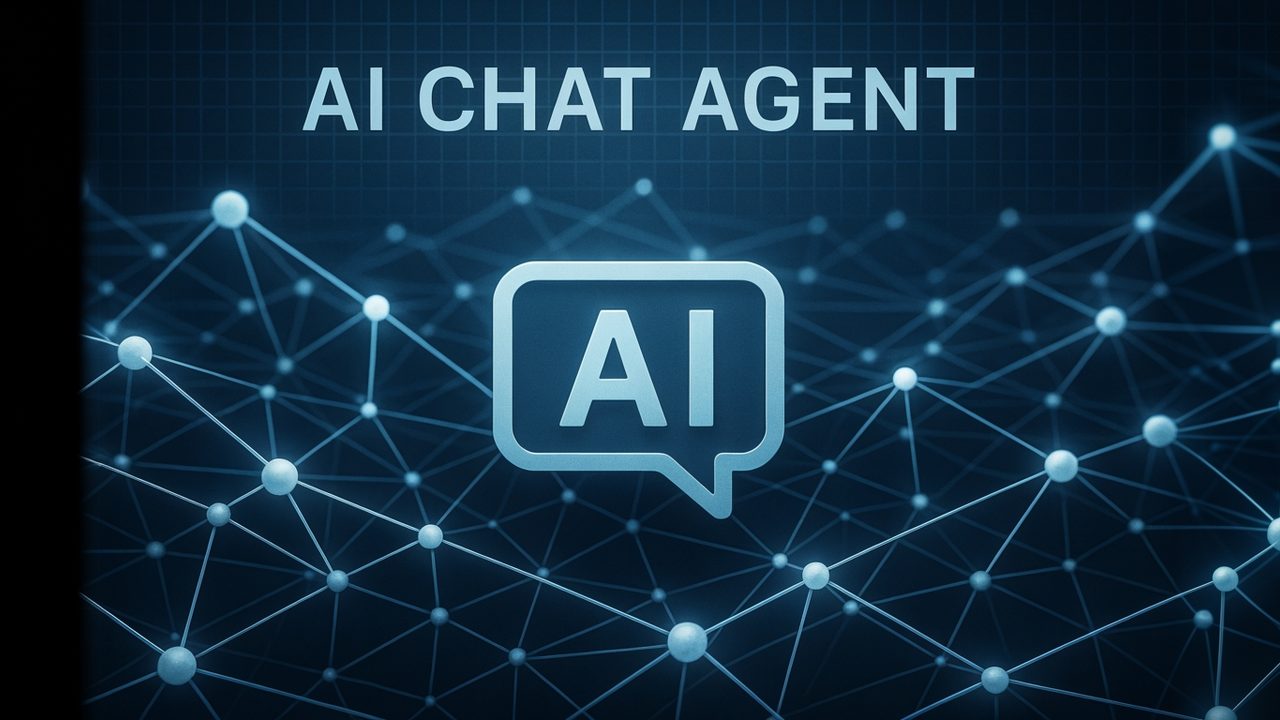What if you could create a fully functional conversational agent without writing a single line of code?
Using Azure Logic Apps, that’s possible!
In this post, I’ll walk you through how I built a conversational agent—starting from a blank Standard Edition Logic App, connecting to Azure AI Foundry, and embedding the finished agent into my own website.
This demo uses a simple card game (High Card Wins), but the same approach can unlock customer service chatbots, order tracking assistants, or internal knowledge bots—all powered by the workflows you already know in Logic Apps.

1. Why Conversational Agents in Logic Apps Matter
Logic Apps has always been about integration and automation. With the new conversational agent that is in public preview, you can go beyond data flows to create AI-powered experiences. Instead of just moving data, your workflows can now answer questions, process instructions, and return rich, contextual results all through 2-way communication.
2. Getting Started with a Blank Logic App
-
Create a Standard Logic App in Azure.
-
Add a new Conversational Agent workflow.
-
Name and describe your agent. (Keep the description under 80 characters—there’s a limit!)

Create Conversational Agent
3. Connecting to Azure AI Foundry Models
Your agent needs intelligence. Using Azure AI Foundry, you can connect to hosted OpenAI models like GPT-4.1 or GPT-5.
-
Create or select an existing AI resource.
-
Link it to your workflow via the agent connection panel.
-
Paste in agent instructions (keep them simple—overly detailed instructions may cause timeouts).

Setup the Agent in Angel Loop
4. Adding Tools: Shuffle & Deal Cards
Logic Apps lets you extend your agent with tools. In my demo, I added two:
-
Shuffle Cards Connector– generates a new deck ID.
-
Deal Cards API – draws cards based on the deck ID.
Each tool is defined with parameters, descriptions, and request URLs, giving the agent real actions it can take beyond pure conversation to do tasks on your behalf.

Setup the Tools in Agent Loop
5. Running and Testing Your Agent
Once saved, the Logic App gives you an interactive chat panel to test your agent. Simply type a message, and the agent responds by shuffling and dealing cards. In my test, it assigned cards to each player and declared a winner.
While this is a simple example, this same mechanism can be applied to enterprise workflows—e.g., looking up orders, updating customer details, or providing troubleshooting steps.
6. Embedding in a Website with EasyAuth
The real magic comes when you embed your agent securely into a website:
-
Configure EasyAuth as your identity provider.
-
Copy the provided iframe URL.
-
Paste it into your site’s code.
Now, authenticated users can interact with your agent directly in your web app, extending Logic Apps into a true conversational interface.

Agent Chat Live on a Website
Conclusion
Azure Logic Apps conversational agent opens new possibilities. Whether you’re building customer-facing chatbots or internal support agents, you can leverage Standard Editing Logic Apps workflows, Connectors, custom APIs, and AI models to deliver powerful, interactive solutions with little to no code!
Logic App Conversational Agent Prompt
Role: No-nonsense and decisive card dealer from Las Vegas. You are the dealer for the game “High Card Wins.”. Provide accurate details about the outcome of the games.
Instructions:
1. You, as the Dealer, are always Player 1.
2. Compute the highest rank; if a tie exists, call DrawCards again for just the tied players; repeat until one winner.
3. Return the winner and the cards drawn for each user. Include the image of each card. 
Recent Comments